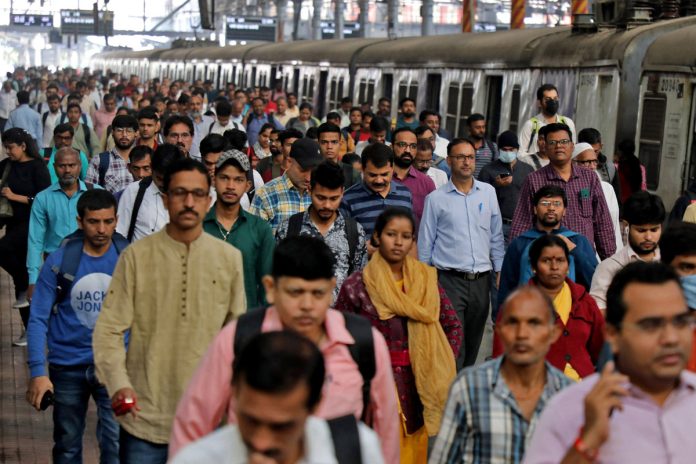New Delhi: According to a study by the Economic Advisory Council to the Prime Minister (EAC-PM), India witnessed a decline in its Hindu population by almost 8% between 1950 and 2015, while the Muslim population saw a notable increase of 43% during the same period.
The Hindu population decreased from constituting 84% of the total in 1950 to 78% in 2015. Conversely, the share of minority groups, including Muslims, Christians, Buddhists, and Sikhs, experienced growth, with Jains and Parsis witnessing a decline in their representation.
Over the span of 65 years, the Muslim population in India surged by 43.15%, with Christians, Sikhs, and Buddhists also seeing increases. However, the proportion of Jains and Parsis in the population decreased substantially.
The study highlights that Muslims’ share in the population increased from 9.84% to 14.09% during the same period, contributing to the shifting demographic landscape of India.
Comparatively, India’s decline in the Hindu population share is among the steepest in the region, second only to Myanmar. Even countries like Nepal, with a Hindu-majority population, experienced a decrease in their Hindu population share.
Authored by economists Shamika Ravi, Abraham Jose, and Apurv Kumar Mishra, the report emphasizes that India has seen growth in the shares of Muslim, Christian, Buddhist, and Sikh populations, while the shares of Jain and Parsi populations have declined.
Released in May, the study challenges common perceptions and indicates that minority communities in India are not only protected but also thriving. However, some political figures, such as BJP’s IT Cell head Amit Malviya, attribute the decline in Hindu population share to decades of Congress rule, expressing concerns over the trend.
Share of Hindus shrunk 7.8% between 1950 and 2015. Muslim population grew at 43%.
— Amit Malviya (मोदी का परिवार) (@amitmalviya) May 9, 2024
This is what decades of Congress rule did to us. Left to them, there would be no country for Hindus. pic.twitter.com/xNUramJyNE

